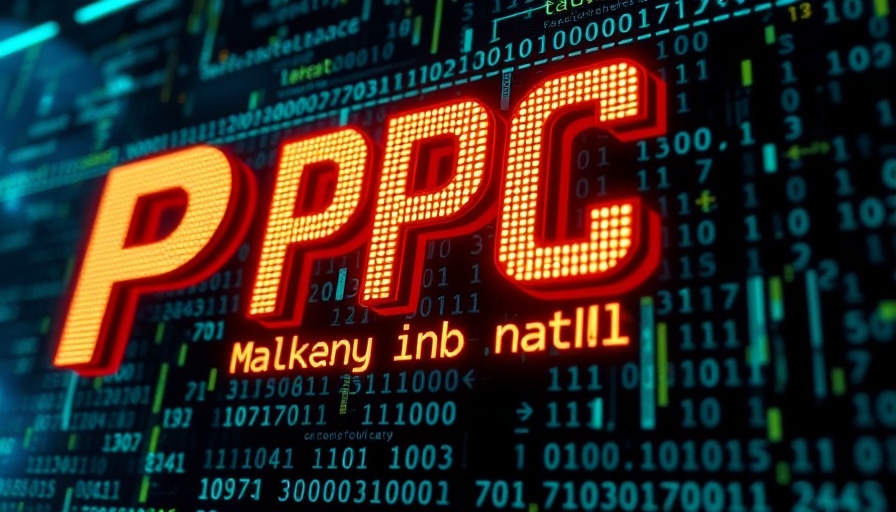
Understanding Manual Bidding in PPC Advertising
In the dynamic world of digital marketing, pay-per-click (PPC) advertising remains a crucial tool for businesses looking to gain visibility and drive traffic. While automated bidding strategies have gained popularity, it's essential to recognize that manual bidding strategies still hold significant value for advertisers. Manual bidding allows for greater control over ad spend, enabling marketers to adjust bids based on specific goals, performance metrics, and competitive analysis.
The Importance of Manual Bidding Strategies
Manual bidding offers advertisers the ability to optimize their campaigns in real-time. By setting individual bids for keywords, ads, or ad groups, marketers can tailor their approach to maximize ROI based on current market conditions and specific campaign objectives. This personalized approach enables businesses to allocate budget more effectively, especially in competitive sectors where every cent counts.
A Case for Balancing Manual and Automated Bidding
While automated bidding strategies, like target CPA or target ROAS, utilize machine learning to make bid decisions, combining these with manual strategies can enhance performance. For instance, advertisers might use automated bidding for broader campaigns while employing manual strategies for high-value keywords that require fine-tuning. This mixed approach leverages the strengths of both methods – efficiency of automation and precision of manual input.
Trends in PPC: What to Expect
The future of PPC advertising is likely to see an increased integration of AI and machine learning, enhancing automated strategies even further. However, as automation becomes more commonplace, the differentiation provided by manual bidding may also increase in value. As competition rises, advertisers who can strategically manage their bidding may stand out more clearly in crowded markets. Staying informed about shifts in digital marketing news ensures that brand professionals remain agile, adapting to the ever-changing landscape.
Practical Tips for Effective Manual Bidding
The effectiveness of manual bidding strategies can be significantly improved by regularly analyzing performance data. Frequent use of tools like Google Analytics can help marketers understand which keywords perform the best, allowing for informed decisions regarding bid adjustments.
Certain practices can enhance bid management:
- Analyze Historical Data: Examine past campaign performance to identify trends that may impact future bid strategies.
- Segment Keywords: Group keywords by performance to refine bid strategies for different segments.
- Implement A/B Testing: Test different bids on various keywords to determine which commitments yield the best results.
Conclusion: Time to Reassess Your Bidding Strategies
For business owners, professionals, and marketers, understanding the importance of manual bidding strategies is vital for optimizing PPC campaigns. The emphasis on manual strategies does not negate the value of automation; rather, effective marketers should find a balance that leverages both approaches for maximum impact.
As digital marketing tools evolve and become more sophisticated, staying updated on the latest trends is essential. Embrace a dual approach to bidding, ensuring that your campaigns not only meet current market demands but also anticipate future opportunities.
 Add Row
Add Row  Add
Add 




Write A Comment